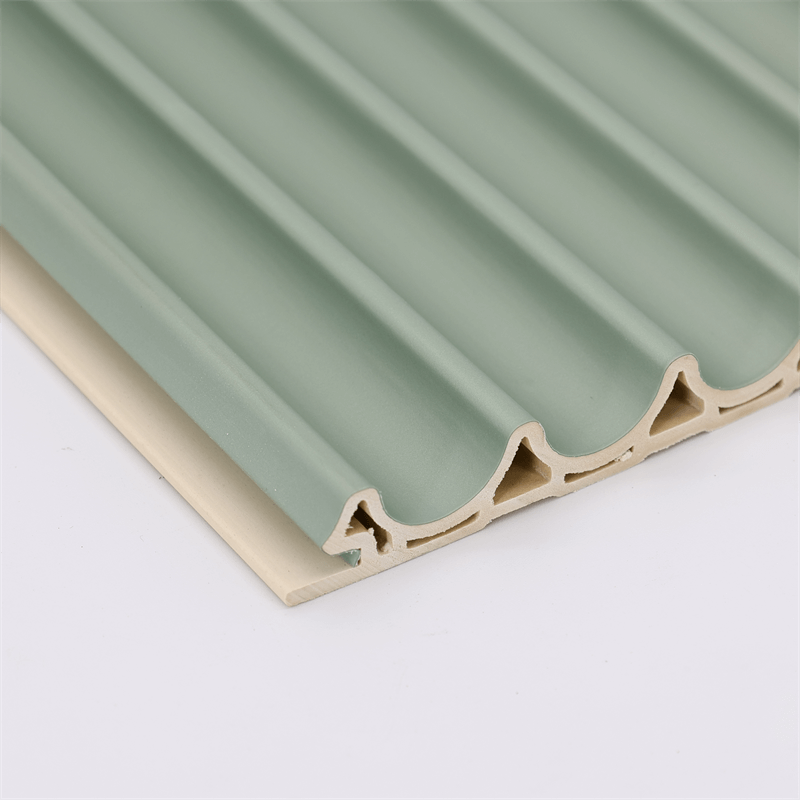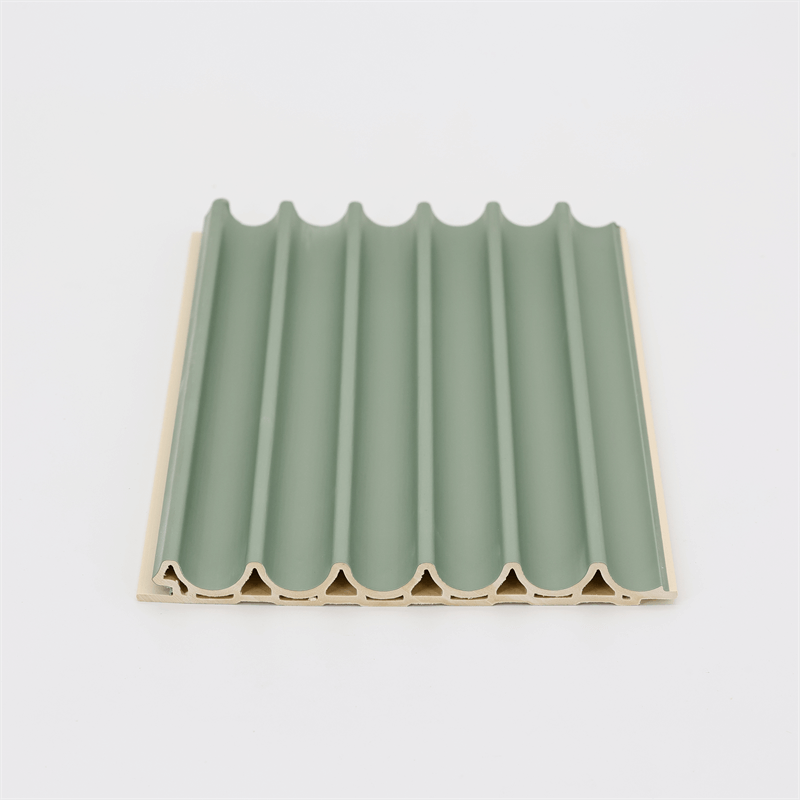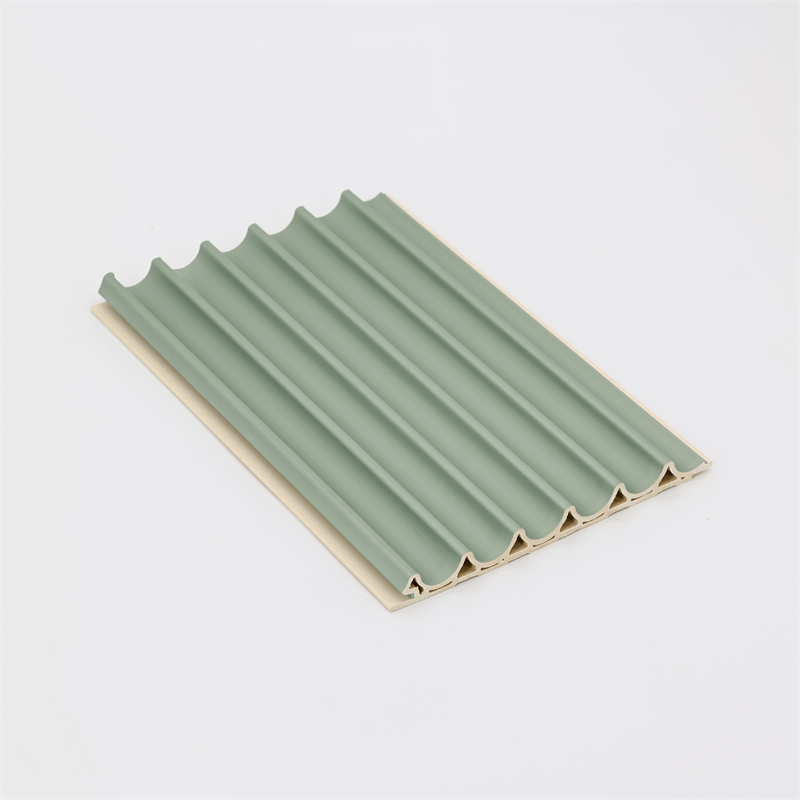Fire safety is a paramount concern in any building, whether residential or commercial.
The choice of building materials plays a crucial role in mitigating the risks associated with fire incidents.
In recent years, WPC (Wood-Plastic Composite) wall panels have emerged as a popular choice due to their exceptional fire-resistant properties.
In this essay, we will explore how WPC wall panels enhance fire safety in residential and commercial spaces.
We will delve into the composition and characteristics of WPC panels, their fire-resistant features, the importance of choosing reliable manufacturers and suppliers, and the benefits of incorporating WPC panels into building designs.
By understanding the significance of WPC wall panels in fire safety, we can create safer and more secure environments for occupants.
I. Understanding WPC Wall Panels: Composition and Characteristics
WPC wall panels are composed of a combination of wood fibers and thermoplastic materials, typically high-density polyethylene (HDPE).
This unique composition provides the panels with exceptional strength, durability, and resistance to various environmental factors.
The wood fibers add natural aesthetics to the panels, making them an attractive choice for interior and exterior applications.
Additionally, WPC panels are available in a wide range of designs, colors, and textures, allowing for versatile and customized installations in different spaces.
These panels also possess low maintenance requirements, making them a practical and long-lasting solution for fire-resistant wall cladding.
II. The Fire-Resistant Properties of WPC Wall Panels
One of the primary advantages of WPC wall panels is their excellent fire-resistant properties. Unlike traditional wood panels, WPC panels do not easily ignite or support the spread of flames.
This is due to the thermoplastic component of the panels, which acts as a barrier against fire.
In the event of a fire, WPC panels exhibit low flammability and produce minimal smoke and toxic gases, significantly reducing the risks to occupants and aiding evacuation efforts.
Additionally, WPC panels have a high ignition point and are resistant to fire damage, ensuring the structural integrity of the building during a fire incident.
These fire-resistant features make WPC wall panels a reliable choice for enhancing fire safety in both residential and commercial spaces.
III. Selecting Reliable Manufacturers and Suppliers
When considering WPC wall panels for fire safety, it is crucial to select reliable manufacturers and suppliers.
Reputable manufacturers follow strict quality control measures to ensure that the panels meet industry standards and regulatory requirements.
They use high-quality materials in the manufacturing process and conduct rigorous testing to validate the fire-resistant properties of their products.
Collaborating with reliable suppliers ensures access to authentic and certified WPC panels, ensuring the integrity and effectiveness of the fire-resistant features.
By partnering with reputable manufacturers and suppliers, architects, builders, and homeowners can have confidence in the fire safety capabilities of WPC wall panels.
IV. Benefits of Incorporating WPC Wall Panels in Building Designs
Incorporating WPC wall panels in building designs offers numerous benefits beyond fire safety.
Firstly, these panels provide excellent thermal insulation, reducing energy consumption and enhancing the overall energy efficiency of the building.
The insulation properties of WPC panels help maintain comfortable indoor temperatures, reducing the reliance on heating and cooling systems.
Additionally, WPC panels are resistant to moisture, mold, and rot, making them ideal for high-humidity environments such as bathrooms and kitchens.
They are also easy to clean and maintain, offering long-term cost savings.
Furthermore, the aesthetic versatility of WPC panels allows for creative and visually appealing design options, adding style and elegance to any space.
WPC wall panels have revolutionized fire safety in residential and commercial spaces.
Their fire-resistant properties, derived from the composition of wood fibers and thermoplastic materials, provide crucial protection against the spread of flames and the release of toxic gases.
By selecting reliable manufacturers and suppliers, architects and builders can ensure that they incorporate authentic and certified WPC panels into their projects.
The benefits of WPC wall panels extend beyond fire safety, including thermal insulation, moisture resistance, and aesthetic versatility.

As we continue to prioritize the safety and well-being of occupants, WPC wall panels emerge as an essential element in enhancing fire safety and creating secure environments.
In conclusion, WPC wall panels offer a compelling solution to enhance fire safety in residential and commercial spaces.
With their unique composition, including wood fibers and thermoplastic materials, these panels exhibit exceptional fire-resistant properties that significantly reduce the risks associated with fire incidents.
They have a high ignition point, low flammability, and produce minimal smoke and toxic gases, ensuring the safety of occupants and aiding in evacuation efforts.
By incorporating WPC wall panels into building designs, architects and builders can create safer and more secure environments for residents, employees, and visitors.
Furthermore, the selection of reliable manufacturers and suppliers is crucial in ensuring the authenticity and effectiveness of WPC panels’ fire-resistant features.
Reputable manufacturers follow strict quality control measures and conduct thorough testing to meet industry standards and regulatory requirements.
By partnering with such manufacturers and suppliers, architects and builders can have confidence in the quality and fire safety capabilities of the WPC wall panels they use.
Beyond fire safety, WPC wall panels offer additional benefits that contribute to the overall functionality and aesthetic appeal of a space.
These panels provide excellent thermal insulation, reducing energy consumption and enhancing energy efficiency.
They are resistant to moisture, mold, and rot, making them suitable for high-humidity areas.
Additionally, the wide range of designs, colors, and textures available allows for creative and visually appealing installations that complement various architectural styles.
As we prioritize the safety and well-being of building occupants, the use of WPC wall panels as a fire-resistant cladding option becomes increasingly significant.
Their ability to withstand flames, reduce smoke, and limit the release of toxic gases provides valuable time for evacuation and minimizes the potential for property damage.
By incorporating WPC wall panels into building designs, we can create spaces that not only prioritize safety but also offer durability, functionality, and aesthetic appeal.
The future of fire safety lies in innovative materials like WPC panels, which redefine the standards of protection and ensure the well-being of those within our built environments.


